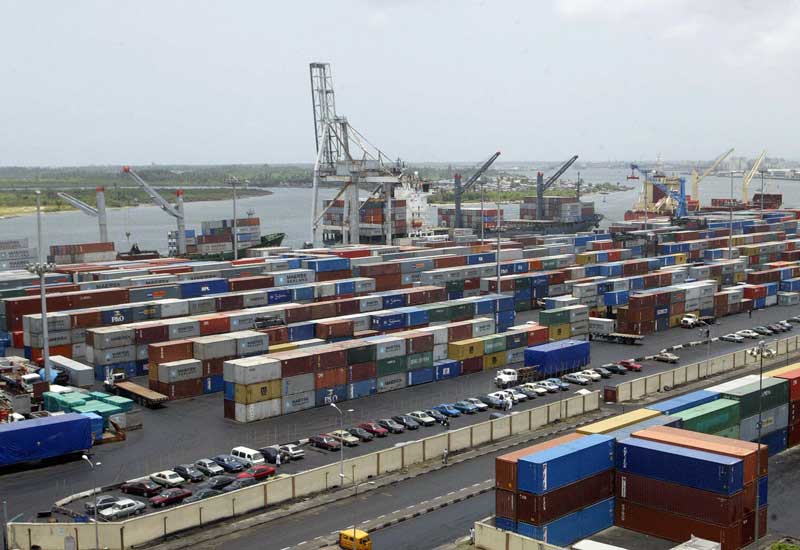The Nigerian Ports Authority has responded to the latest congestion at the Lagos Ports by announcing that ships that have waited to berth at any terminal within the Lagos Pilotage District would be diverted to other terminals with capacity to berth them within the area.
Also, vessels that wait for four days and could not berth at the Lagos port would be diverted to the eastern ports.
The NPA said it arrived at this decision in consultation with shipping companies and terminal operators.
The Lagos port has been at the receiving end of huge volumes of containers since November last year and its management had warned that the volume increase might lead to high yard density which could impact on the berthing of vessels.
The waiting period for vessels increased from three days to 12 days late last year.
Currently, the waiting period is said to be about 20 days.
The congestion irked the Minister of Transportation, Rotimi Amaechi when he visited the Lagos port on Thursday and saw that a vessel conveying rail equipment for the CCECC could not berth.
In a statement signed by the General Manager, Corporate and Strategic Communications, Adams Jatto, NPA said, “As from Monday, January 27, 2020, vessels which have waited to berth at any terminal within the Lagos Pilotage District will be diverted to other terminals with capacity to berth vessels within the district.
“In the event that all terminals in Lagos cannot discharge any vessels within four days, such vessels will be diverted to the eastern ports (other pilotage districts) for immediate berthing.
“The authority will liaise with other relevant government agencies on behalf of stakeholders to expedite the clearance of vessels and cargoes, where necessary.”
The agency said the actions were taken to promote the ease of doing business policy of the Federal Government and curtail the negative economic impact that the long turnaround time of vessels had on stakeholders.
Congestion at the Lagos port has also been compounded by the road rehabilitation works going on around Lagos, making it difficult for trucks to exit or access the seaport terminals.
Sign in
Welcome! Log into your account
Forgot your password? Get help
PRIVACY POLICY PAGE
Password recovery
Recover your password
A password will be e-mailed to you.












